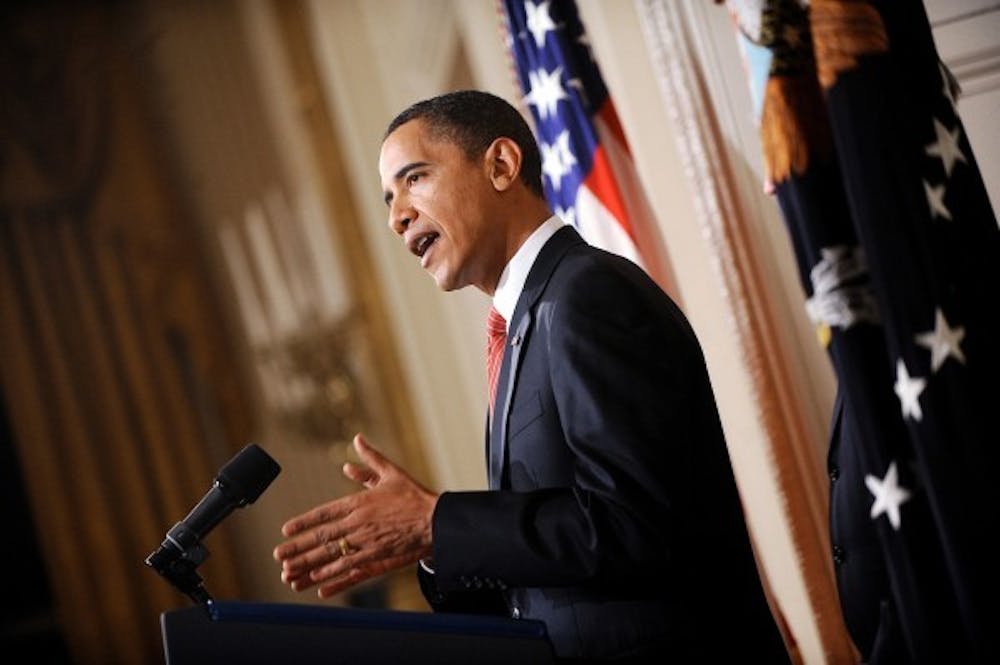Lost in the hubbub of the health care debate Sunday night was substantial support to students' efforts to attend college.
Tacked onto health care reform, the U.S. House of Representatives passed sweeping changes to student aid. The bill was added to the final amendments of the health care bill that passed the House on Sunday after the main bill had already been voted though the Senate.
Money for student loans comes from the government already: They pay about $60 billion to private banks to loan out that money. Essentially, the changes will make it so student loans will now come directly from the government. If this proposal passes the Senate, there will be no middlemen.
The Congressional Budget Office, a nonpartisan federal agency, said the changes will save $61 billion over 10 years, according to the Washington Post. The savings will come from not having to pay subsidies to banks.
More than half the savings would be put into the Pell Grants program to raise the maximum amount given to a student each year from $5,350 to $5,900 within the next 10 years and offset the shortfall in the program due to an increase in college enrollment.
Republicans have blasted the measure, decrying the takeover of health care and the takeover of student aid.
Sen. Lamar Alexander, R-Tenn., chairman of the Senate Republican Conference and a member of the Senate Committee on Health, Education, Labor and Pensions, released a statement saying the student loan takeover will increase the U.S. deficit by half a trillion dollars and end up overcharging students who take out loans. He proposed that cutting the interest rate instead of making all the loans direct could help students save money by reducing how much interest they have to pay.
But neither side really addresses the larger issue. These student loan initatives are necessary due to the increased amount of debt students must take on as tuition rises faster than inflation or income nationwide.
Ball State University students have been lucky, at least for a little while. Even though our university faced $15.2 million in cuts from the state, tuition wasn't affected.
Who knows if Indiana's economy will rebound? If not, it's entirely plausible Ball State will be forced to increase tuition drastically in the future. Just look at the University of California: Students may have to deal with a 30 percent tuition increase for the 2010-2011 school year — making in-state tuition $10,032 per semester for undergraduates — because of the state's enormous $20 billion deficit.
Regardless of side or position, all members of Congress should take a look at what is causing the need for more aid — insane tuition spikes that most students cannot possibly afford.





